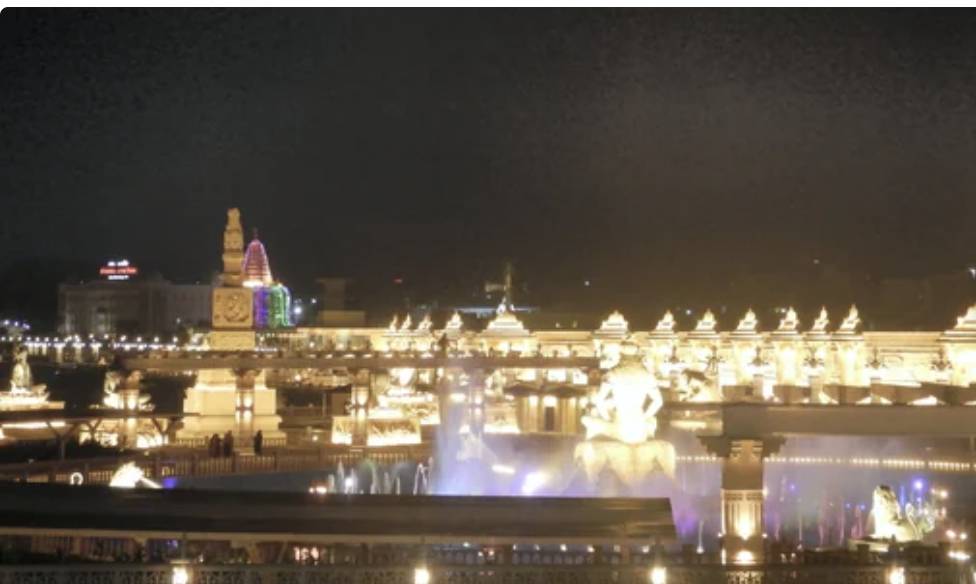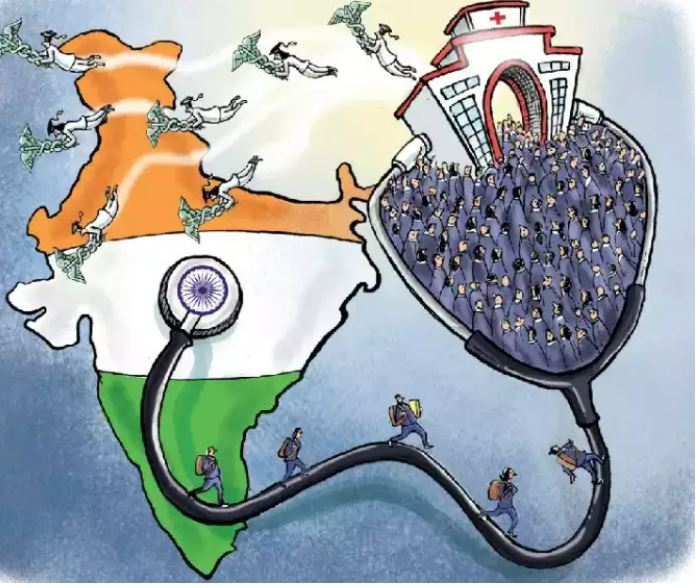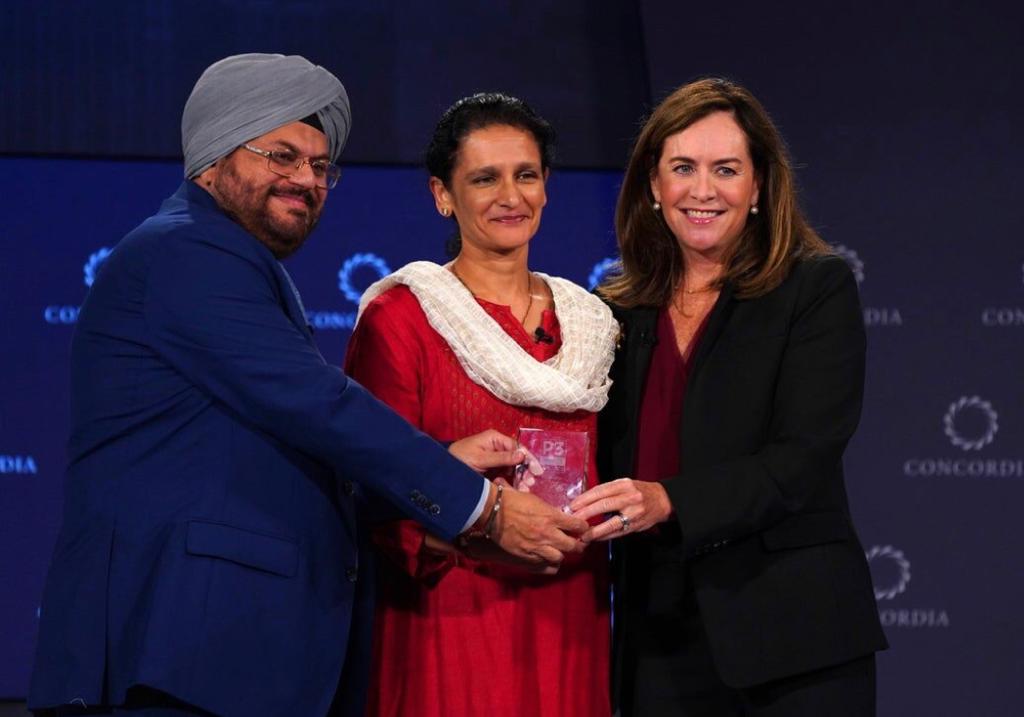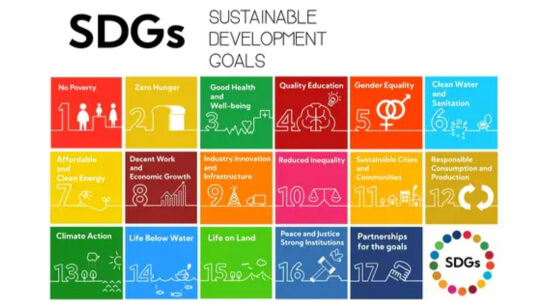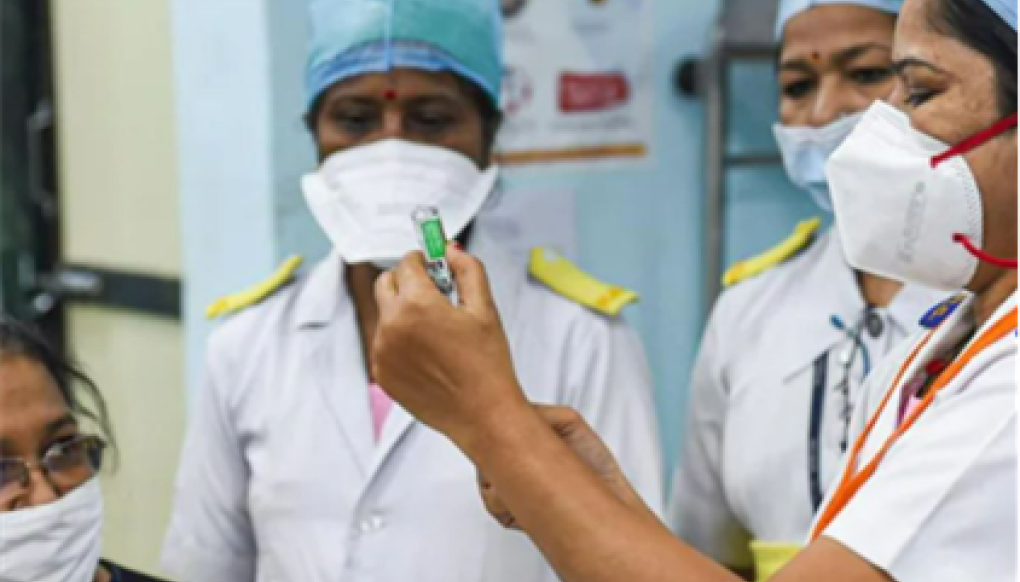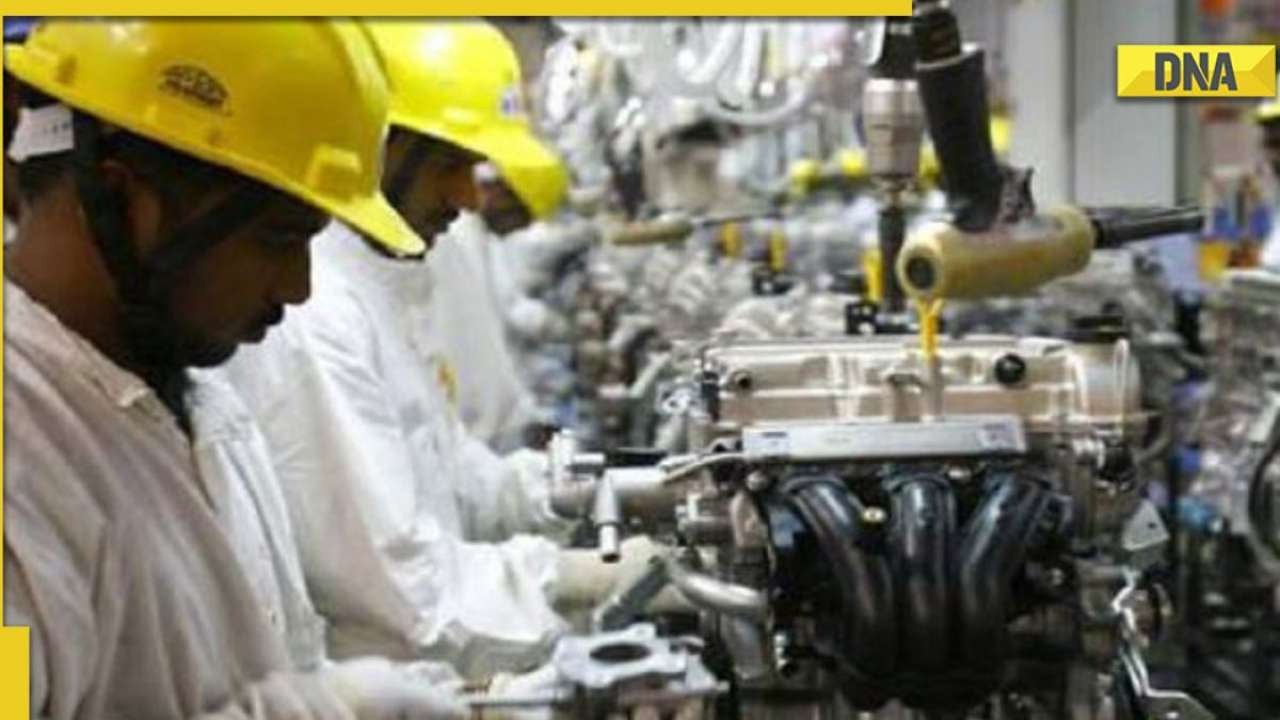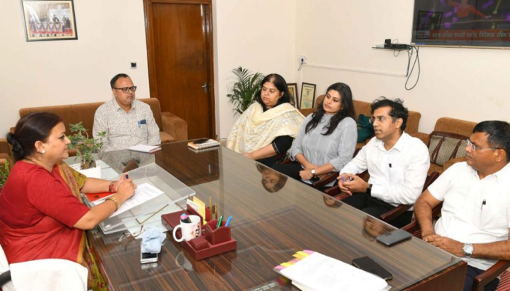While government spending on various welfare schemes continues to rise every year, over time, the gap between concept and reality has widened owing to shoddy implementation, corruption of the executing agencies, deficient institutional management, non-utilisation and diversion of funds.
Experts tirelessly reiterate that funds that are allocated in various programmes, if absorbed and effectively utilised can provide the much desired results. In fact, the relatively slow progress in many large scale projects like National Rural Health Mission (NRHM) and Jawaharlal Nehru National Urban Renewal Mission (JnNURM) are often attributed towards States facing challenges to absorb the funds. Moreover, reports indicate that while these programmes are well thought of and well structured, most States lack the capacity of proper planning and implementation.
In the case of NRHM and JnNURM, many of its appraisal reports often reveal that some States lack capacities for adequate utilisations of allocated funds. Additionally, most of these schemes allocate part of the overall funds for capacity building; many States are not able to draw on these funds as well due to lack of clarity on procurement of technical assistance. “The entire implementation mechanism, including roles and responsibilities, needs to be defined before these schemes are announced. JnNURM is a good scheme but do the States have the capacity to implement and monitor systems? The implementation machinery needs to be strengthened,” said Ashwajit Singh, chairman and managing director, IPE Global, a management consulting firm that focuses on the development sector.
Mr. Singh explains that actual assistance is required between Central and State governments. In fact, he adds that the State governments need ‘hand holding’.The NRHM is a rights-based and flagship programme, which was introduced from 2005 to 2012 in 18 States to improve the health delivery system in rural areas. The scheme has considerably helped in terms of improving service delivery and achieving stated outcomes. However, the overall situation remains grim in terms of utilisation of financial resources. Some key reasons for the limited progress on implementation of the NRHM project are weaknesses in planning. Also, the capacity of well trained staff at higher level is inadequate for appraising the plans submitted by the lower levels.
According to the Fifth Common Review Mission for NRHM (2011), the rate of expansion of financing did not keep pace with expectations. “The annual expenditure in 2010-11 was to reach Rs. 55,000 crore. The NRHM Framework for Implementation estimated an expenditure of Rs. 175,000 crore over seven years [2005-2012]. But in fact, we have reached only Rs. 50,000 crore or less than one thirds of this projected amount. Even including the 2011-12 expenditures we would achieve about Rs. 75,000 crore only,” Mr. Singh explained, adding: “If you look at money, most States have not been able to draw enough. The States have been left to fend for themselves with their own plans and proposals. Money has not been drawn because of the capacity at the State level has not been there.”
However, States like Odisha and Bihar have enjoyed significant improvement in the utilisation of funds where quality technical assistance has been provided. The NRHM projects implemented here indicates that for Bihar, the under spending of NRHM funds reduced significantly from 52 per cent of approved budget in 2008-09 to 15 per cent by the end of 2011-12.A similar trend was observed in Odisha with average under utilisation analysed to be less than 20 per cent between 2008-09 and 2011-12. This points towards an increase in the absorption capacity over the later part of four-year period.
In the case of JnNURM, a flagship programme of the Union Ministry of Urban Development envisaged for rejuvenating the urban space in the country, it was launched with Rs. 100,000 crore of investment over seven years with a committed Central share of Rs. 66,000 crore. Seven years of implementation has certainly elevated the importance of Indian cities in the national consciousness and provided impetus, if not consensus, on urban governance reform.
A high-powered expert committee (HPEC) report on Urban Infrastructure (2011) found “with total fund utilised by implementing agencies to the tune of approximately Rs. 30,000 crore for infrastructure creation like sewerage, roads, drainage, etc. during the last seven years, has brought out the challenges of strengthening structures and governance issues to encourage greater accountability and empowerment of the Urban Local Bodies in terms of mobilisation of resources, both technical and financial, and capacity to deliver civic services efficiently”.
States which are relatively advanced had taken reform initiatives ahead of others, had implemented urban development infrastructure projects with the support of multilateral and other foreign funding agencies which managed to provide them the vital technical assistance.Looking ahead, Mr. Singh reiterates the need for capacity building and the implementation cycle. “Decentralisation does not mean deregulation, especially when poor States are not able to implement,” he suggests.








